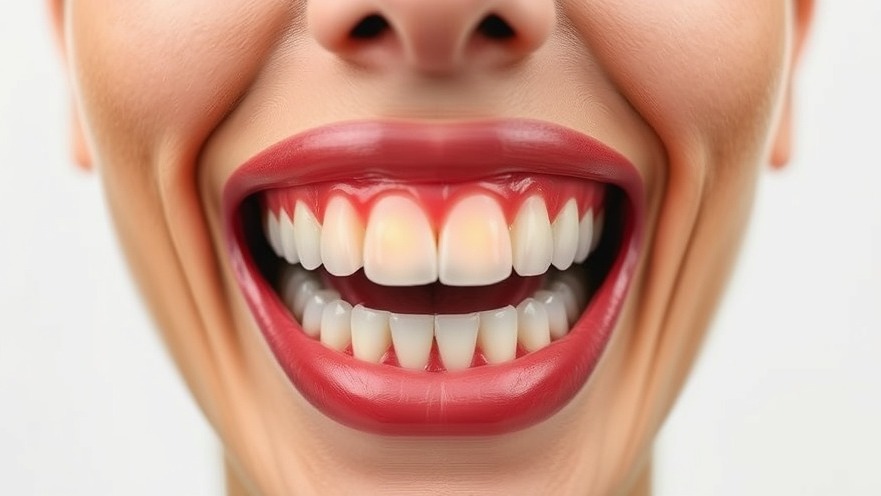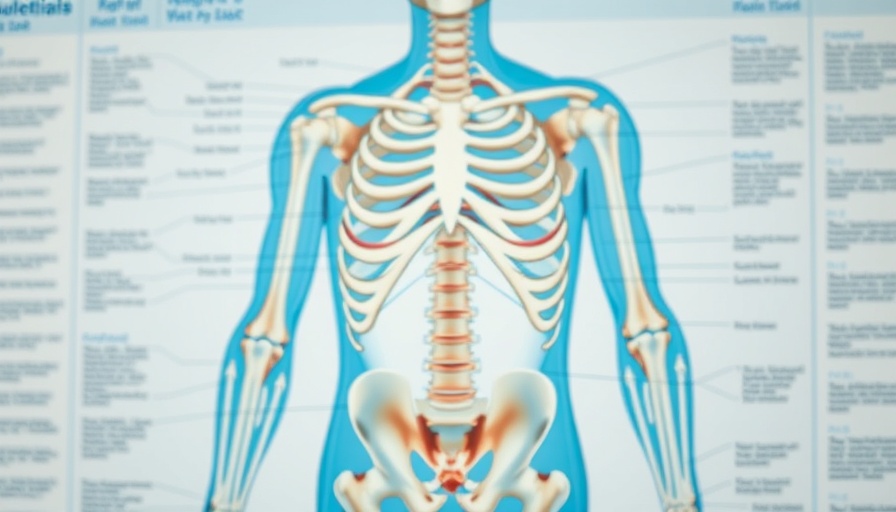
Understanding Tooth Sensitivity Through Evolution
For anyone who has experienced the pang of tooth sensitivity while enjoying a cold drink, it may come as a surprise that our teeth's unique functionality stems from the ancient practices of armored fish. New research from the University of Chicago reveals that the dentine found in our teeth—responsible for transmitting sensory information—actually originated in the primitive exoskeletons of ancient fish over 465 million years ago. This finding sheds light on how our teeth have evolved from serving distinct sensory functions to becoming one of the essential components of our mouth.
The Evolution of Teeth: A Sensory Revolution
The study highlights that what we recognize as teeth today didn’t begin their journey strictly as chewing tools. Instead, they served vital sensory roles, allowing these early creatures to detect their surroundings. The research indicates that these bumpy structures, known as odontodes, initially served as sensory organs helping fish navigate their predatory habitats.
Fossil Insights Into Sensory Functionality
By examining fossils from both the Ordovician period and the earlier Cambrian period, researchers discovered that many ancient features strongly resemble modern sensory organs found in invertebrates, such as crabs and shrimp. This parallel evolution highlights the notion that the pursuit of sensory perception has led to similar adaptations across diverse life forms. The ability to sense conditions in the aquatic world was critical for survival, reflecting a highly competitive environment in which these fish thrived.
Why This Research Matters to Modern Life
Understanding the origins of our teeth's design opens a window into not only the evolutionary past but also the potential for innovative developments in dental health. If we understand how our teeth evolved to perform sensory tasks, we might find ways to enhance dental treatments or develop preventive measures against dental diseases.
Emotional Connections: What This Means for Us
Our relationship with tooth sensitivity is an intimate one. Many individuals recovering from mobility challenges find that managing dental health is often overlooked in their overall well-being. After focusing on how to improve walking and standing—using smart insoles or other technologies—it is also essential to recognize the significance of a healthy mouth. It serves as a reminder that maintaining our health can mean addressing all facets, including dental sensitivity that arises from the evolutionary leftovers of our ancient predecessors.
A Call to Action: Embracing Knowledge for Health
This knowledge of how our teeth evolved not only fascinates the mind but also serves us practically today. As you learn about the significance of tooth sensitivity and its roots in ancient history, consider how this understanding can affect your choices around oral health. This could range from adopting better dental hygiene practices to consulting with dental professionals about managing tooth sensitivity effectively.
Moreover, just as ancient fish adapted to their environments, we too can adapt our health strategies by learning from evolution. Consider how technologies in dental care can track and inform on conditions in your mouth, similarly to how devices that monitor walking help individuals manage their mobility health. Innovations such as smart insoles are just the start of a journey where health can be assessed and improved consciously.
 Add Row
Add Row  Add
Add 




Write A Comment